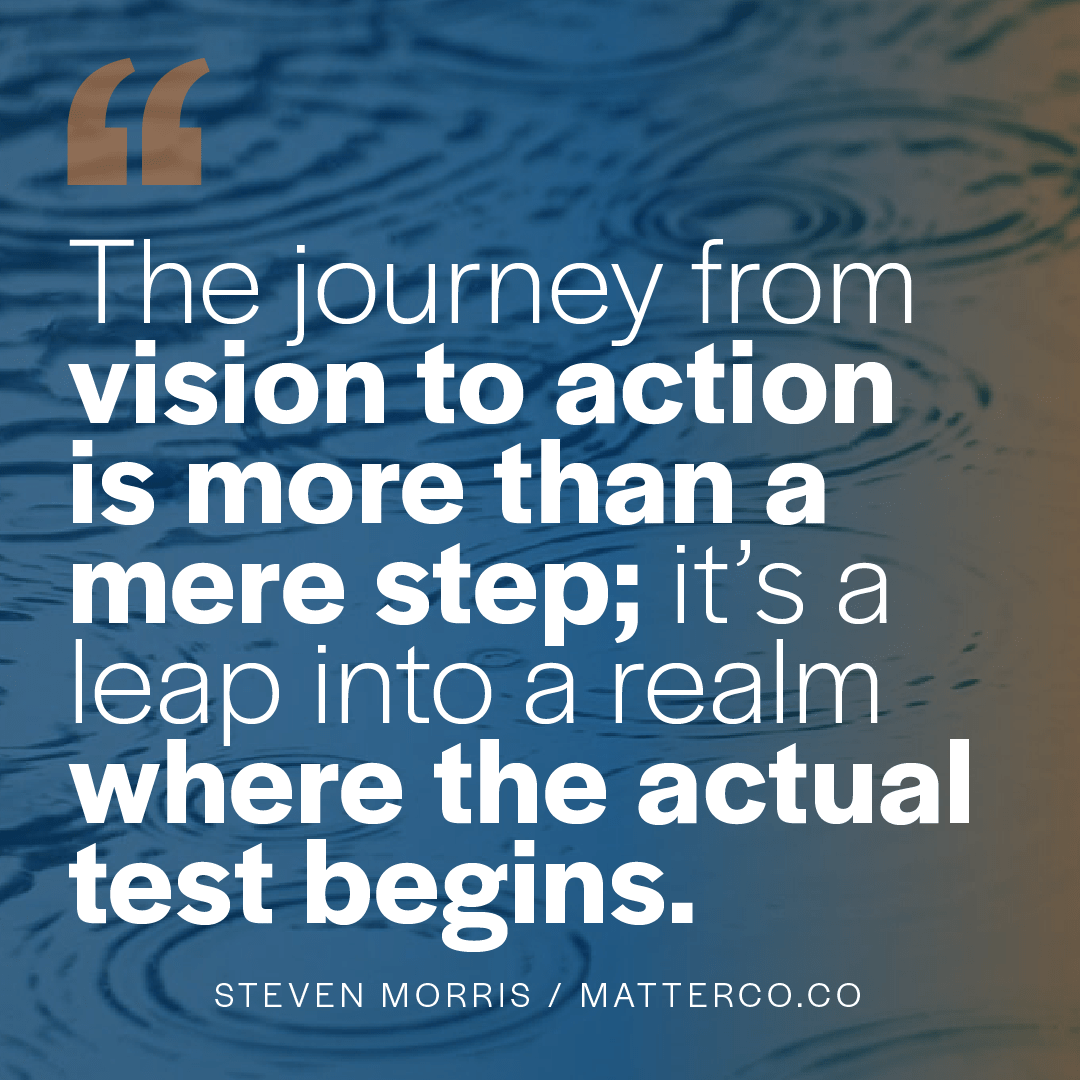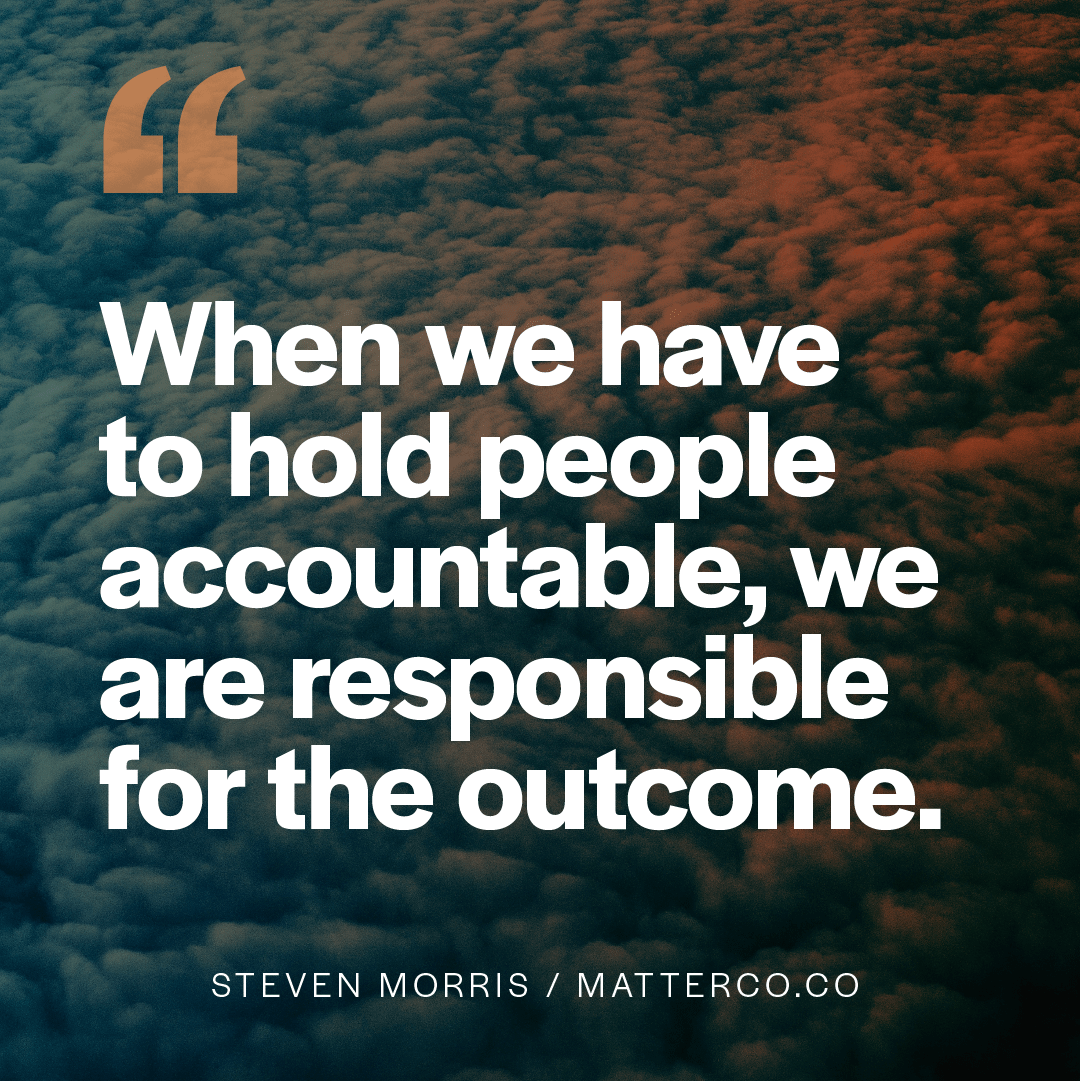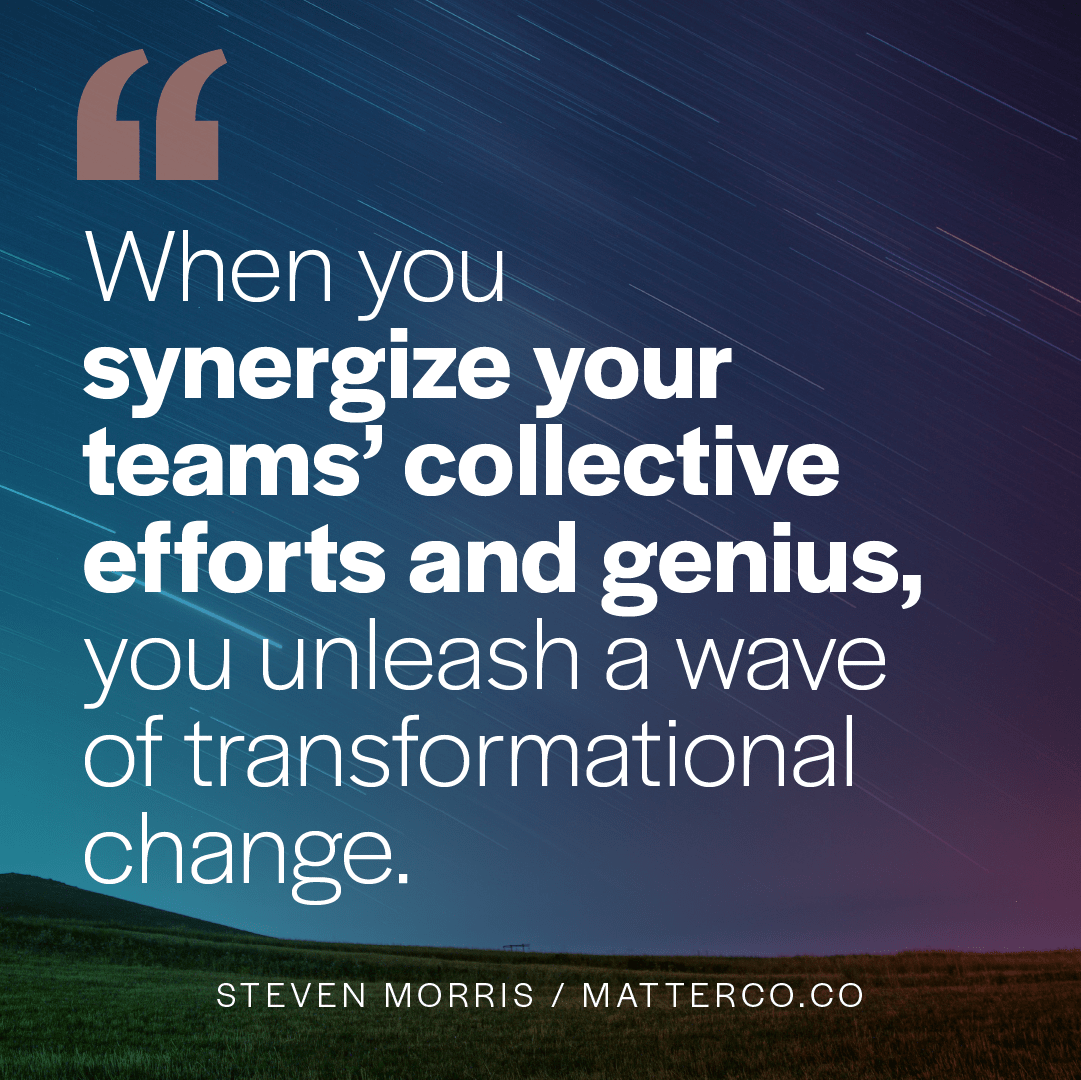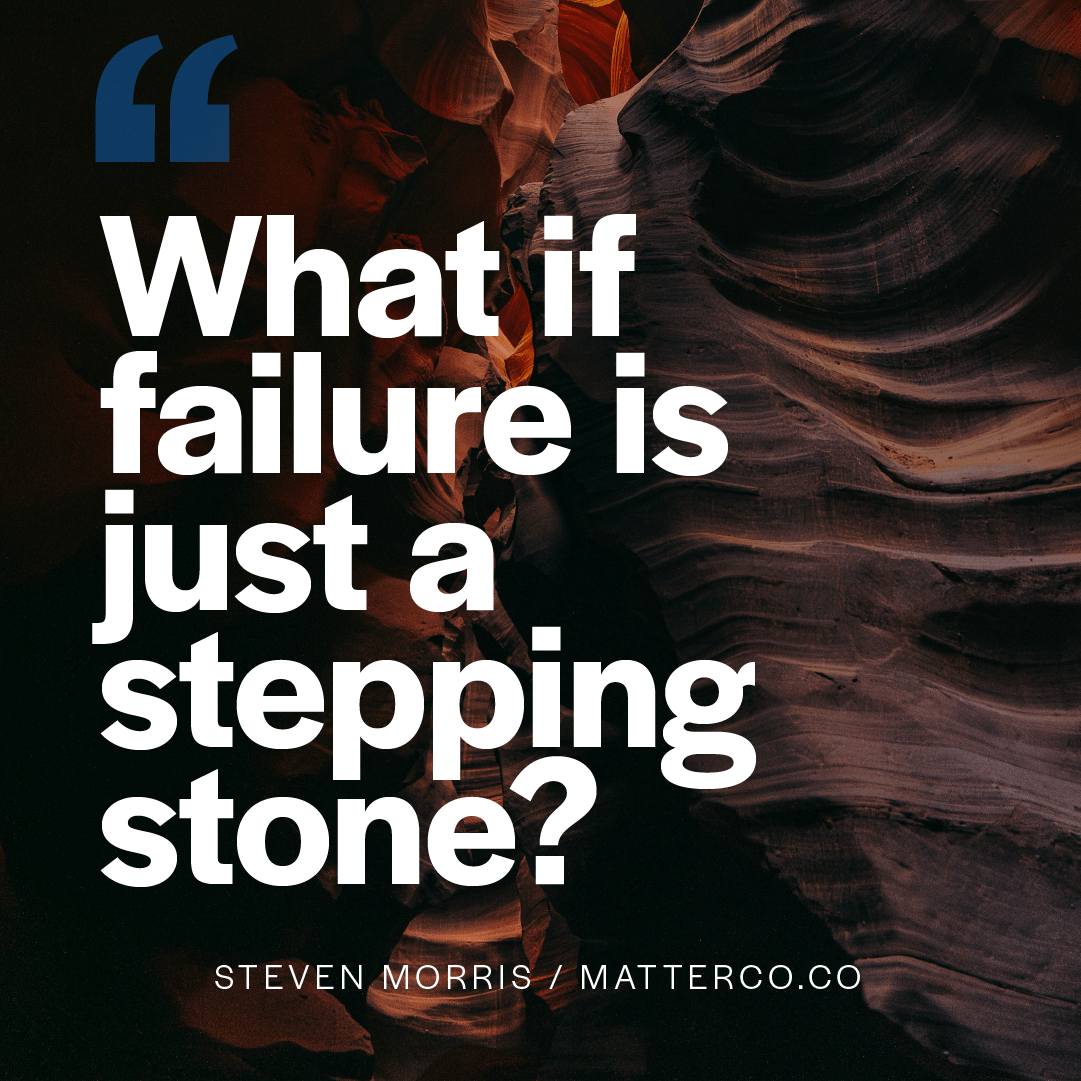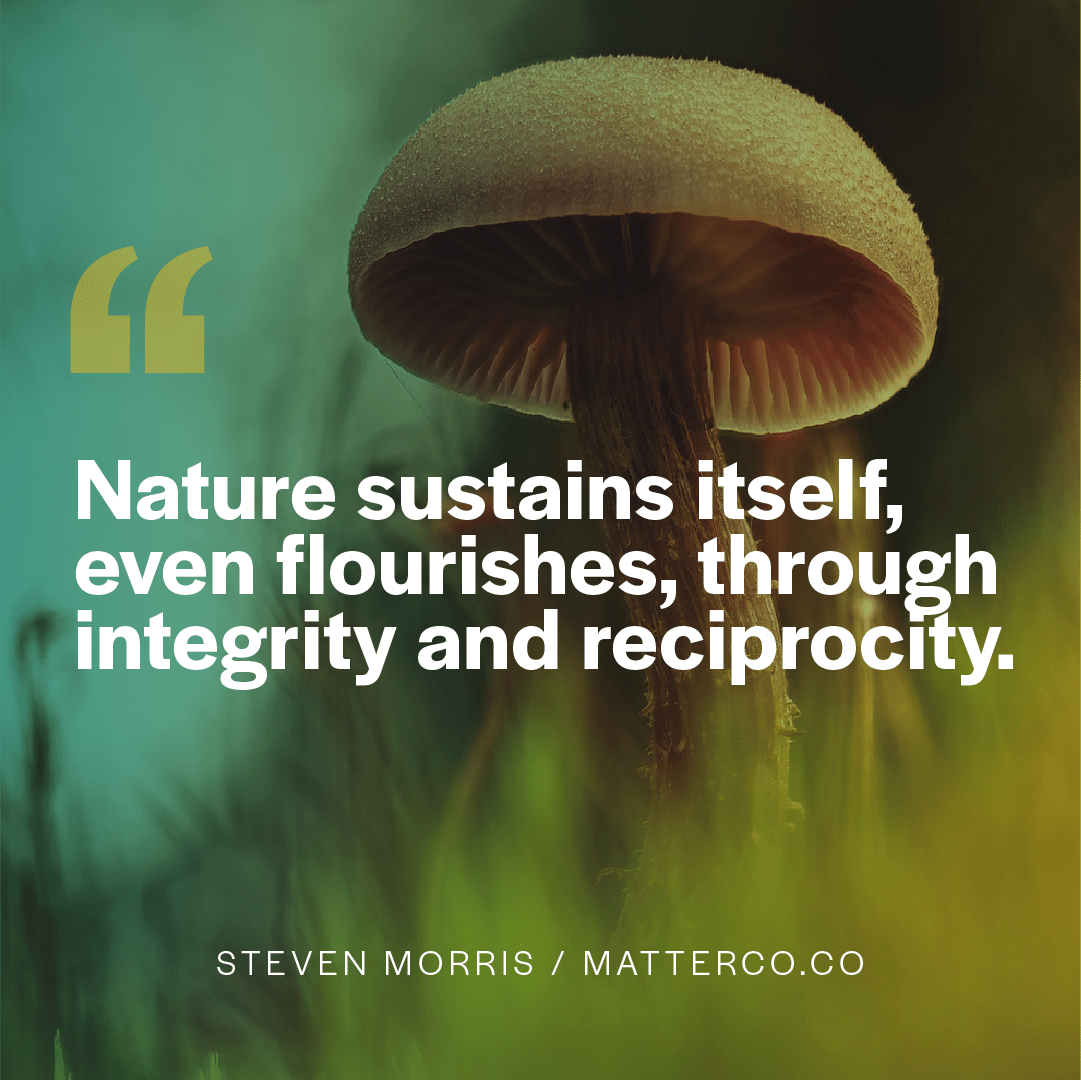
Integrity, Reciprocity, and Beauty
The radio show host asked me, “Tell us what The Beautiful Business is about.” It’s typically the first question I get from people who haven’t read my book or worked with me.
Since I released the book a year ago, I’ve gotten a bit better at explaining it. On the surface, it seems obvious because we know beauty when we experience it. But it isn’t easy to break it down to its essential elements and apply it to the business world.
Here’s how I answer this question now.
We must first define beauty to understand the book, its principles, and how it can be built and practiced in any business.
The definition of beauty that I use is the one that comes from the Japanese Aesthetics tradition. Here, beauty is experienced and has a felt sense with attributes congruent with the laws of nature and how the natural world thrives. Key characteristics of this include reciprocity, integrity, synergy, and harmony. (These are great design principles, too)
Nature sustains itself, even flourishes, through integrity and reciprocity.
What nature knows is that what’s good for the individual parts is good for the whole. Nature knows what the smallest things need, the larger things provide; in turn, the more minor elements reciprocate for the more significant components. Nature integrates itself. What happens below ground or inside the system is mirrored on the outside.
Integrity has two core meanings.
First, there’s the honesty-based or say/do version of integrity. We say people or businesses have integrity when they do what they say they’ll do well and consistently. Over time this builds trust.
The second definition of integrity is about wholeness: The focus on a single vision, including the refusal to split ourselves into separate compartments or incompatible actions and ideas. An undivided entity is formidable because it comes from a united core.
When what happens inside a system or below ground (think: when your customers don’t see your culture) is reflected in the outer world, you have wholeness integrity.
So, when the largest things look out for the smallest things – each being equally important in a symbiotic system, it creates a healthy, sustainable system. Here, the entity works with reciprocal integrity.
From this vantage point, it’s relatively easy to see how a business can operate with integrity and reciprocity.
Here are two examples.
People-to-people reciprocity.
When an organization hires, trains, and nurtures individuals on the team, the people, in turn, care for the company, its brand, and its customers. While there’s much to unpack within this, it’s a people-centric reciprocity system.
Product-to-people reciprocity.
When a company creates products or services that solve a customer’s wants, wishes, or needs in a way that improves their lives, the customer returns with loyalty and ambassadorship. They tell other people about their great experiences, and they return for purchases repeatedly, so long as they’re cared for and get great value. This is a customer-centric reciprocity system.
Both of these reciprocity systems are inextricably connected.
The company cares for the team members; the team members care for the customers, and the customers reward the company with repeat purchases and spread the good word about the company. Here, the company gets out of the chasing customers game and transitions into the caring for people game. This virtuous cycle is a sustainability system, so long as care (AKA love) stays in place.
Back to the book.
A Beautiful Business lives and works with integrity and reciprocity. It’s a people-first organization that integrates all its elements and functions. It cares for (AKA loves) the most significant and minor parts. It puts people first. It fuses its brand, culture, and strategy. When we experience a business operating this way, it’s unignorably beautiful.

Author 3-Way conversation — Making Design Matter
With Debbie Millman, Justin Ahrens, and Steven Morris.
Live & Virtual Event via Zoom — Monday, December 19, 10 am ET / 9 am CT / 7 am PT, 2022
If you want to minimize risk, work with a professional. If you want extraordinary results, work with an expert.
The predicament of all entrepreneurs and business leaders is to integrate reality and possibility. We must work with our business realities to manage our day-to-day operation. We must work with possibility to envision and create our future.
Perhaps, it is designers, in the highest professional sense, that are best trained and equipped to help usher in a new reality — for business, society, and the world.
Debbie Millman and Justin Ahrens are experts in shaping envisioned futures through design and beyond. Debbie and Justin are trained designers, experienced entrepreneurs, and impact pioneers who have spent decades honing and transcending their craft.
Debbie is the author of seven books, including her most recent, Why Design Matters, and host of the wildly successful podcast Design Matters, which Apple designated one of their “All Time Favorite Podcasts.”
Justin is the co-founder and Chief Brand Officer of Rule29. He lives the firm’s philosophy of Making Creative Matter®. His design for good project Wheels4Water helped over 19,500 Africans get life-saving clean water. He’s the author of Life Kerning and host of the DesignOf podcast.
Your truly, Steven Morris, will host this conversation. During this live discussion we will explore what design (really) is and why it (really) matters in today’s quickly changing world.
The conversation will be live via Zoom, seating is limited. We’ll record the conversation for those who register.
Grab your coffee, bring your questions, and join us on Monday, December 19, 10 am ET / 9 am CT / 7 am PT, 2022
If you want a more trusting team, a culture of belonging or a magnetic brand that attracts more of the right customers, I can help. If you'd like to explore if working together makes sense, drop me a line.




